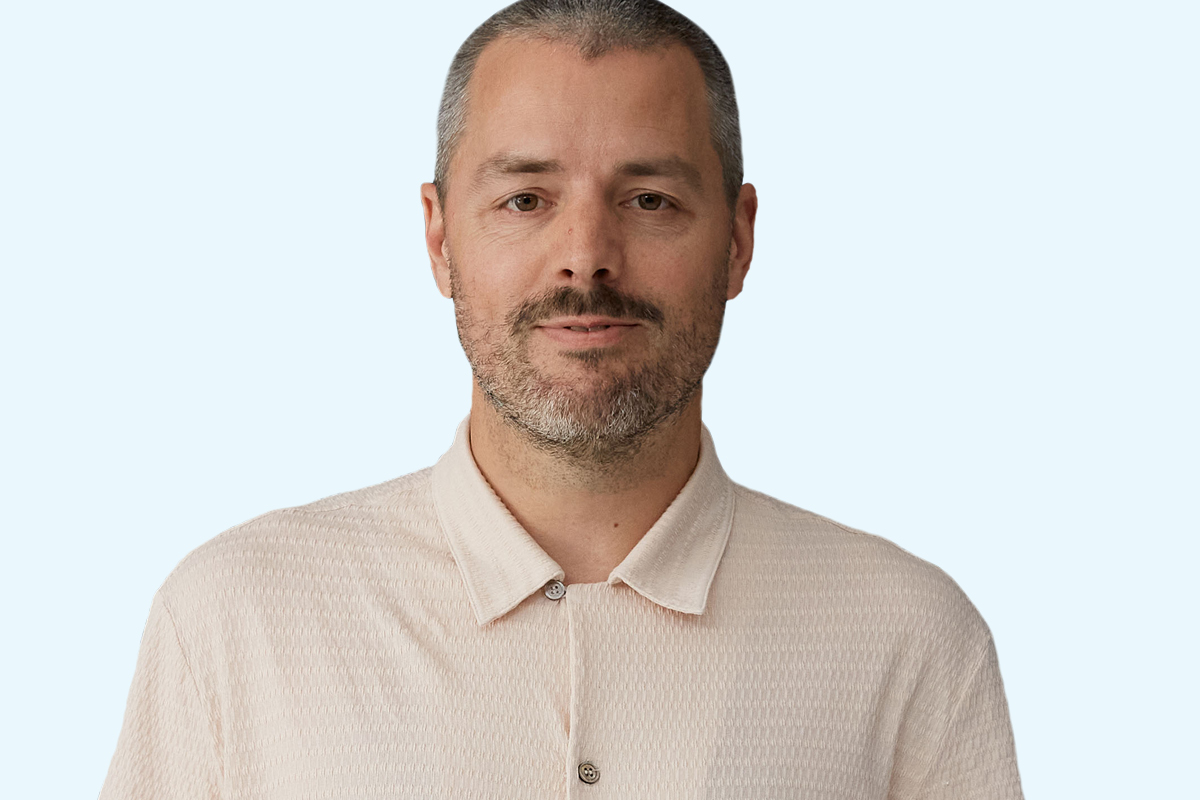
Irene Craik is a director at Levitt Bernstein
The potential of intergenerational housing is only just beginning to be explored in this country
Investment in strong intergenerational housing communities is better for older folk, younger people and our wider society, writes Irene Craik
The catastrophe that was COVID-19 shone a brutal light on the design and management of much of our older persons’ housing. Outside of the horrors of some care homes, many people became isolated and lonely and were confined to homes unsuitable for their needs. Some coped, but many couldn’t.
Thankfully, as a sector – and a society – we are beginning to recognise the value of creating places that better serve our elders. While housing for older people had been slowly evolving before the pandemic, it was only the more enlightened providers testing more progressive approaches. The pandemic’s impact and aftermath have accelerated this process, with many more local authorities, housing associations and consultants pushing the envelope when it comes to the design and management of homes and their environs.
Such innovation is manifesting itself in a greater focus on community and flexibility, both of which were often lacking during the pandemic. It is now very apparent that we need to provide homes that enable residents to safely interact and socialise with others and offer adaptable space that responds to their changing requirements over time.
How to do this effectively is less straightforward. It sounds like an almost utopian vision: an intergenerational community where people of all ages can benefit from living alongside one another, with homes that bend and snap according to the whim or need of residents. But there are ways these ideals can be realised that are both practical and scalable.
“The housing options available have to be attractive enough for older people to want to move, not just when a crisis happens”
The potential of intergenerational housing is only just beginning to be explored properly in this country. At Melfield Gardens in south-east London, Phoenix Community Housing is trialling such an approach, one that will see older people living alongside post-graduate students from a nearby university.
The arrangement means students will spend time with older residents to help combat loneliness, whether through being at hand to help around the home or socialising in the communal garden room. In return, the students get a rental discount and more besides.
Isolation isn’t the preserve of the older generation of course – it can affect anyone, at any point in their lives. The chance to interact with older (and perhaps wiser) neighbours will serve these young people well. The university is also hoping to contribute an element of research to understand how innovative housing models like this can benefit all residents.
Within the flats themselves, we have developed a flexible ‘one-bed-plus’ approach, where sliding doors between rooms allow residents to create an extra bedroom or hobby room if they wish. In these post-pandemic times, we can all appreciate the need for additional space at home for things beyond simply living or working – a scenario that works especially well for older residents.
On a practical level, by moving into these schemes, older people no longer have to look after a large home that they can’t manage. Part of Phoenix’s thinking around another of its developments in south-east London, Hazelhurst Court, was that it freed up under-occupied houses with just one resident. Once they and their families saw what was on offer at the scheme, they were happier to downsize – the knock-on effect being that those who need larger accommodation could move up the chain.
Design features that attracted them included the connections to the outdoors and nature, a sociable courtyard approach to their homes with spaces to linger and sit; airy, light-filled dual-aspect apartments; and a garden room to meet their neighbours.
“It sounds like an almost utopian vision: an intergenerational community where people of all ages can benefit from living alongside one another, with homes that bend and snap according to the whim or need of residents”
This raises another important point – the growth of our ageing population is resulting in many older people living in homes that are too large and difficult to manage, which in turn is exacerbating the shortage of options for others. If we could ‘right size’ the older generation, these homes could be freed up for couples and families. To do that, the housing options available have to be attractive enough for older people to want to move, not just when a crisis happens. It’s a small part of the jigsaw, but this model could prove to be influential in helping to solve the housing crisis.
There will always be challenges when proposing seemingly more radical housing schemes. Limitations on finance, questions of viability and management aspects will always loom large at the planning stage, impacting the perception of what is at stake. But considering older people’s housing at the heart of a large masterplan could result in it benefiting financially via the affordable housing provision or by introducing a specialist partner.
Switched-on developers will meanwhile understand the commercial potential of having older people living in such schemes and being active during the day.
Older people deserve good-quality, flexible and affordable homes. Aiming to provide such places in the centre of our communities, helping both older folk, younger people and wider society live better lives, should be a key objective for everyone in the sector.
Irene Craik, director, Levitt Bernstein
Sign up for our care and support newsletter
Already have an account? Click here to manage your newsletters












